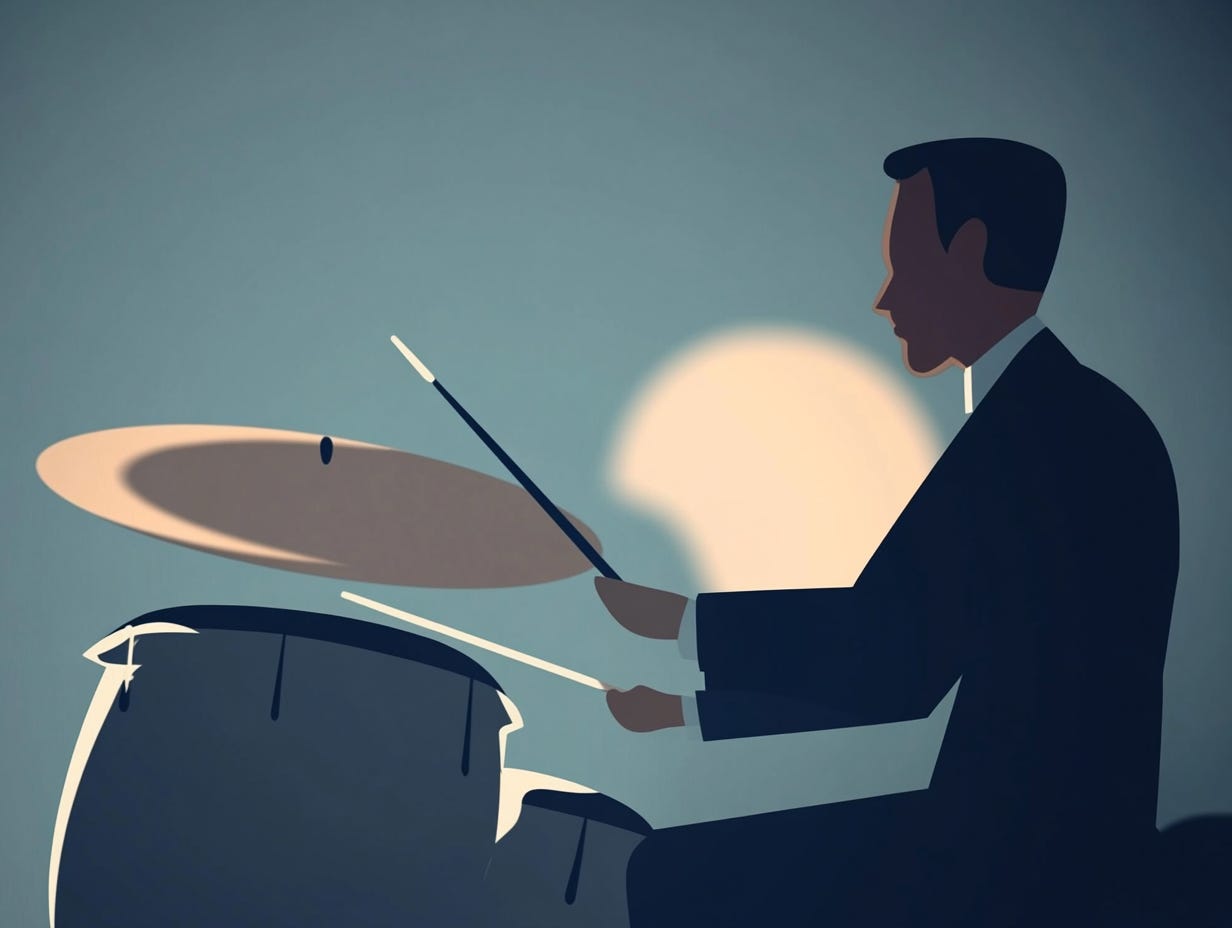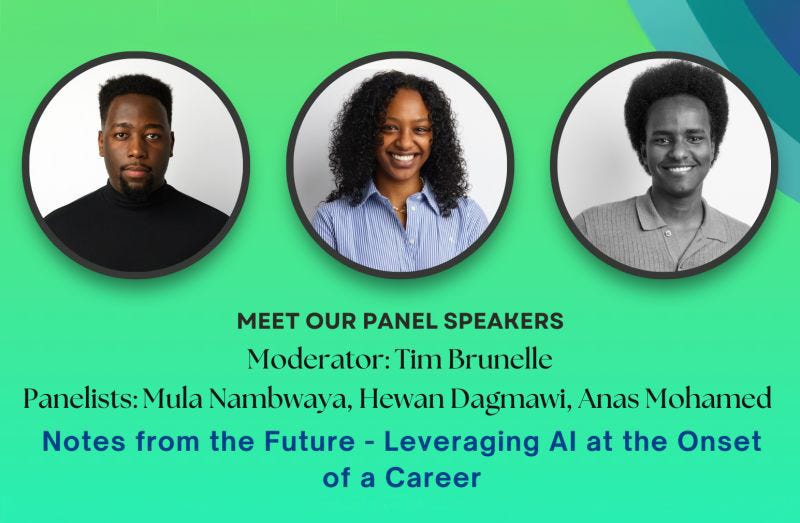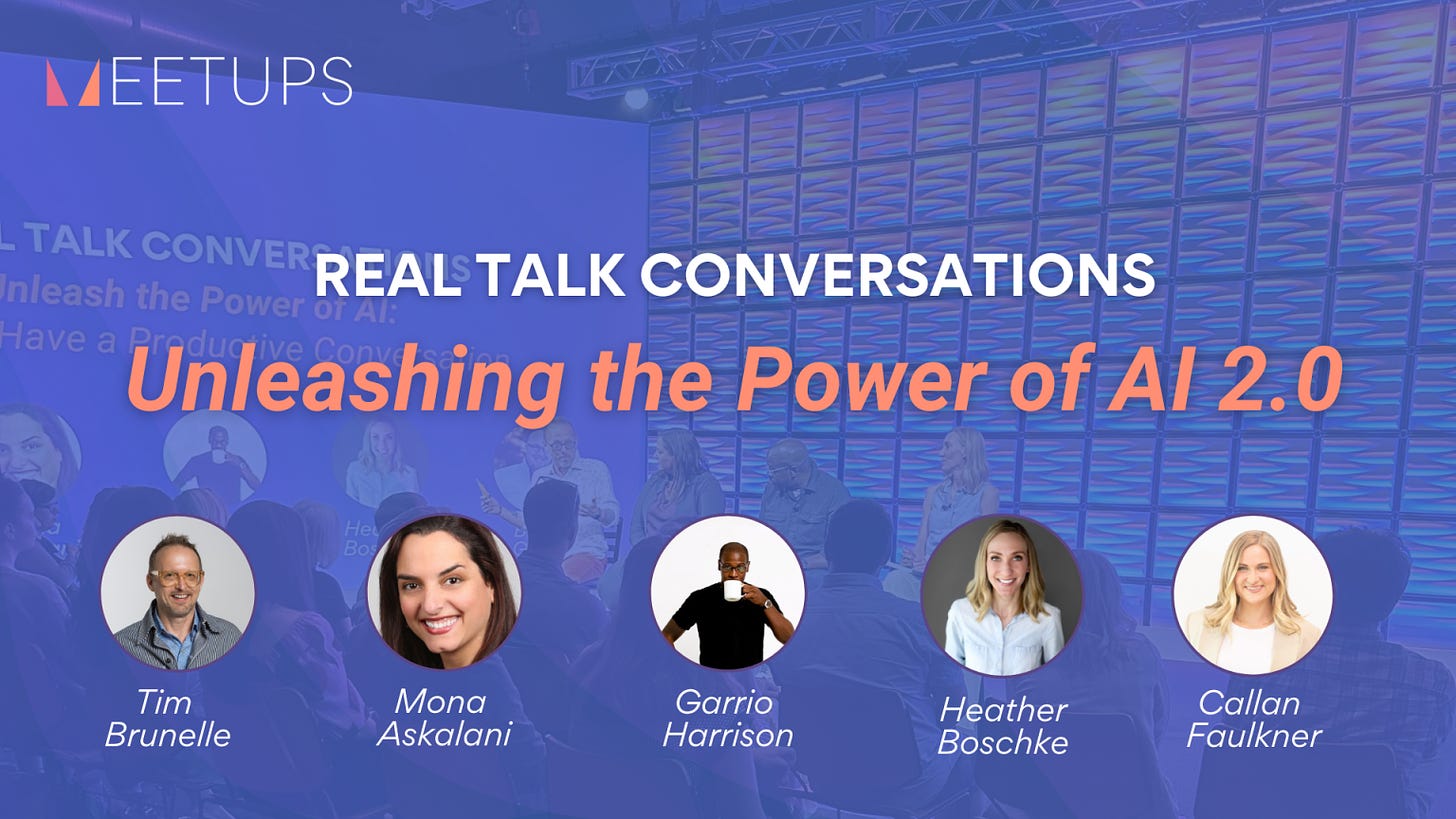164: The Slot
The trick is knowing it's there; Two AI events; Literacy and Marc Watkins; And a poem!
John Von Ohlen called it the “slot.”
Let’s say it’s after 10 p.m. down in the basement bar known as the Blue Wisp, the only real jazz establishment in Cincinnati. John is motivating the house big band with that cracked 26 inch ride cymbal he acquired from Stan Kenton.
In an instant the entire joint is someplace else entirely.
In an instant everyone listening, everyone working the bar, everyone in the band is synched up. We’ve all fallen into the slot. We are collectively “as one.” It’s rather like one of those video effects where the camera moves but everything is frozen in time and space. The train barrels down unknown tracks at breakneck speed and we’ve all got shit-eating grins from this miraculous feeling.
Until it stops. Just as mysteriously we’re back to idle chitchat, pouring drinks, playing music—a trombone player takes eight bars, then the song ends. We applaud. Is it really after 10 p.m.?
What the hell happened back there?
If you had time, and John had a few beers, out would tumble a Venn diagram of the cosmic, of unseen energy flows, the power of dirt, a history of music and art, and a wink which left you guessing. Was the slot for real? It is most definitely for real.
I have fallen into the slot a few times. Sometimes while playing the drums. But it happens in all courses of our creative existence.
You’ve experienced it, too.
It happens when large teams align and bureaucracy just evaporates, when the words type themselves and those charged to feedback can’t imagine changing a single comma, when something as generic as a brief ignites enough people to usher a remarkable idea into the world which changes culture and careers. Sometimes it’s you and your kids having a blissful few hours everyone remembers forever.
The trick is knowing it’s there.
Knowing the slot is available, anytime—if we’re willing to fall into it and cede control; if you’ve honed your craft so you’re actually able to; if we can welcome the surprise of other voices; if we’re all ears.
👋🏾 Two AI events—one tomorrow, one next Wednesday
This Friday: Notes from the Future
I get the honor of moderating a closing panel for Applied AI’s fall conference. It might be sold out, check here. Two of my former MCAD students, Hewan Dagmawi and Anas Mohamed, along with their fellow BrandLab participant Mula Nambwaya will describe how they’ve been integrating and leveraging AI in their college work, summer internships and the onset of their careers.
The event itself is chock full of AI and litigation, AI and audience targeting, AI and supply chains, AI and business transformation—so much inspiration. You never know where potent creative ideas might be lurking, especially in this day and age.
Next Wednesday 11/20: Unleashing the Power of AI 2.0
We’re bringing the band back together. I also have the good fortune to moderate a second conversation about AI with Mona Askalani, Barrio Harrison, Heather Buschke and Callan Faulkner for Marketers Community on November 20. We’ll be unpacking a year’s worth of infrastructure scaling, policy and governance, creative exploration, and technical learnings. The panel represents F100 to solo-preneurs, product dev to media targeting and campaign execution. Lots to learn here as well.
Lean in if you want to resist
The educator Marc Watkins authored a poignant observation last week about the impact of and our reactions to technology, specifically in the classroom. But he could be writing about your workplace, or your home or community. In order to critically assess something, we have to lean into it. Clicking “like” on a headline won’t suffice.
This is the business of literacy.
We Have to Engage AI If We Want To Resist It.
“Perhaps the best way to resist the uncritical adoption of AI by our students is to lean into the classroom time we have each week with students and allow them to discuss AI as a cultural force so they can learn to question how this technology is altering their world.
Learning requires friction, resistance, and even failure. Some three decades ago, Robert A. Bjork, a psychologist at the University of California at Los Angeles, coined the term “desirable difficulty” to describe the benefits that students get from doing increasingly challenging tasks to enhance their learning. ChatGPT removes many of those desirable difficulties by offering the user a frictionless experience: Prompt AI with a question, and get an instant answer. The student’s brain offloads everything to an algorithm.
Giving students the opportunity to think critically and openly about their AI usage lays bare some uncomfortable truths for both students and teachers.”
And let’s wrap with a poem written by Joseph Fasano (January 1, 2023).
For a Student Who Used AI to Write a Paper
Now I let it fall back
in the grasses.
I hear you. I know
this life is hard now.
I know your days are precious
on this earth.
But what are you trying
to be free of?
The living? The miraculous
task of it?
Love is for the ones who love the work.






The Slot reminded me of Csikszentmihalyi’s “Flow”, it’s a similar concept and well researched. But the image that immediately came to mind is that scene in “The Fisher King” in which, for a few seconds, Gran Central Station becomes a dance hall and everyone waltzes:
https://youtu.be/lASPrnWf6cA